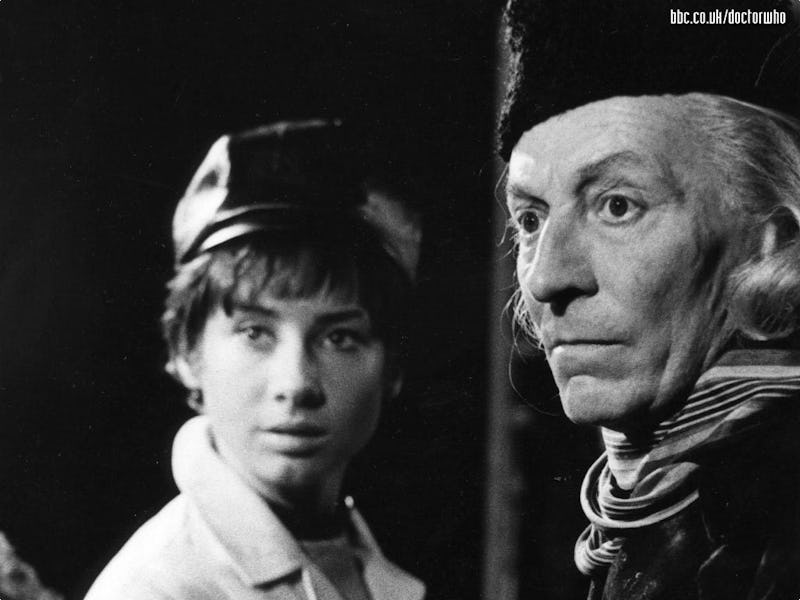There's Tons Of Lost 'Doctor Who' Episodes Waiting To Be Discovered
What happened to the missing BBC archive?

In 1967 one of the world’s biggest, and most revered, broadcasters were not-so-secretly wiping their Doctor Who tapes. It’s impossible to imagine a network or production company even contemplating such an act today, with the endless capacity for data storage at our fingertips. That wasn’t an option for the BBC during the late sixties.
Back then the BBC shot most of its shows on videotape before transferring them to film for foreign markets. 16mm is cheaper to ship overseas than hefty cassettes, and so, a large majority of its popular shows were screened internationally. Once those countries had finished airing the show, the reels were returned to the BBC’s archives. Housing all of this film eventually took its toll; physical space was at its limit and the price of buying more tapes was deemed too costly.
And so, despite Doctor Who’s success, department heads didn’t believe it harbored any long-standing value and so marked the earlier seasons for erasure. The master videotapes were wiped. The 16mm canisters remained, but they too were disposed of in the early seventies in an effort to save space. Of the 253 episodes produced between 1963 and 1969, 97 are still missing. Most hail from the eras of the first two Doctors played by William Hartnell and Patrick Troughton. Those same cassettes were later taped over with future shows.
In the context of modern technology, it’s hard to imagine not having enough space for iPhone snaps, never mind one-of-a-kind documents of huge cultural importance. Pocket-sized hardware and the endless expanse of the Cloud allows for us to dump data from our devices quickly, should we find ourselves reaching maximum capacity. We use more data now than ever before, and the recent “data explosion” saw us rack up 5 exobytes of data a day in 2013.
Imagine if those capabilities were available to the BBC back when the first Doctor Who aired in 1963. Much like newspaper serials, each story spread out across several weeks as opposed to today’s storytelling that wraps up its tale in one episode. On average each story spanned four 25-minute episodes. Which makes the case of the missing episodes all the more frustrating; certain parts of a serial have been located while others remain lost. A little like watching the first season of Firefly and only learning later than it’s also the only season of Firefly.
It wasn’t until 1978 with the advent of home video recording that the BBC had a change of heart, and considered it wise to start preserving their own programming. There was a brand new market of consumers keen to own their favorite shows, handily masked under a more altruistic guise — the preservation of cultural heritage.
Driven by a desire to watch the entire series, fans have taken it upon themselves to locate any surviving copies of those episodes. One such figure is Philip Morris, head of TIEA — an archive recovery company — who spans the globe tracking down missing Doctor Who episodes. On a tour of African television broadcasters in 2011 he secured nine missing episodes from the Patrick Troughton era thanks to a source in Nigeria. In late September 2015 he announced that he’d also tracked down the much sought-after final part from the Web of Fear serial arc, but upon arriving at the station that reel had since gone missing. Again.
Morris proposes that his station contact sold it to a private collector once ascertaining its value, urging whoever now owns it to return it to the public domain. His work has earned the BBC millions in subsequent DVD sales so we wouldn’t bet on that happening without a hefty price tag. It’s time to fire up the Kickstarters.